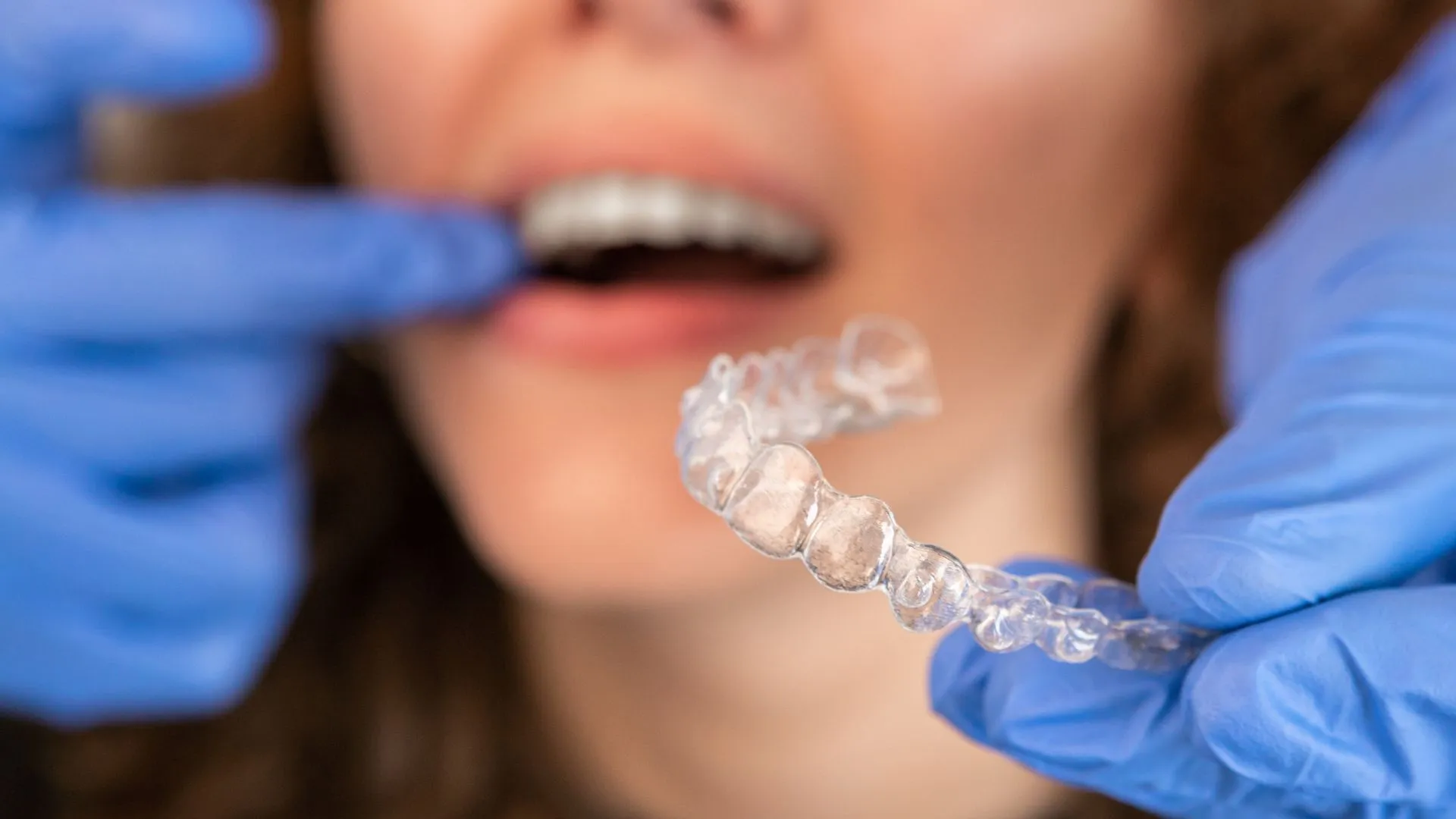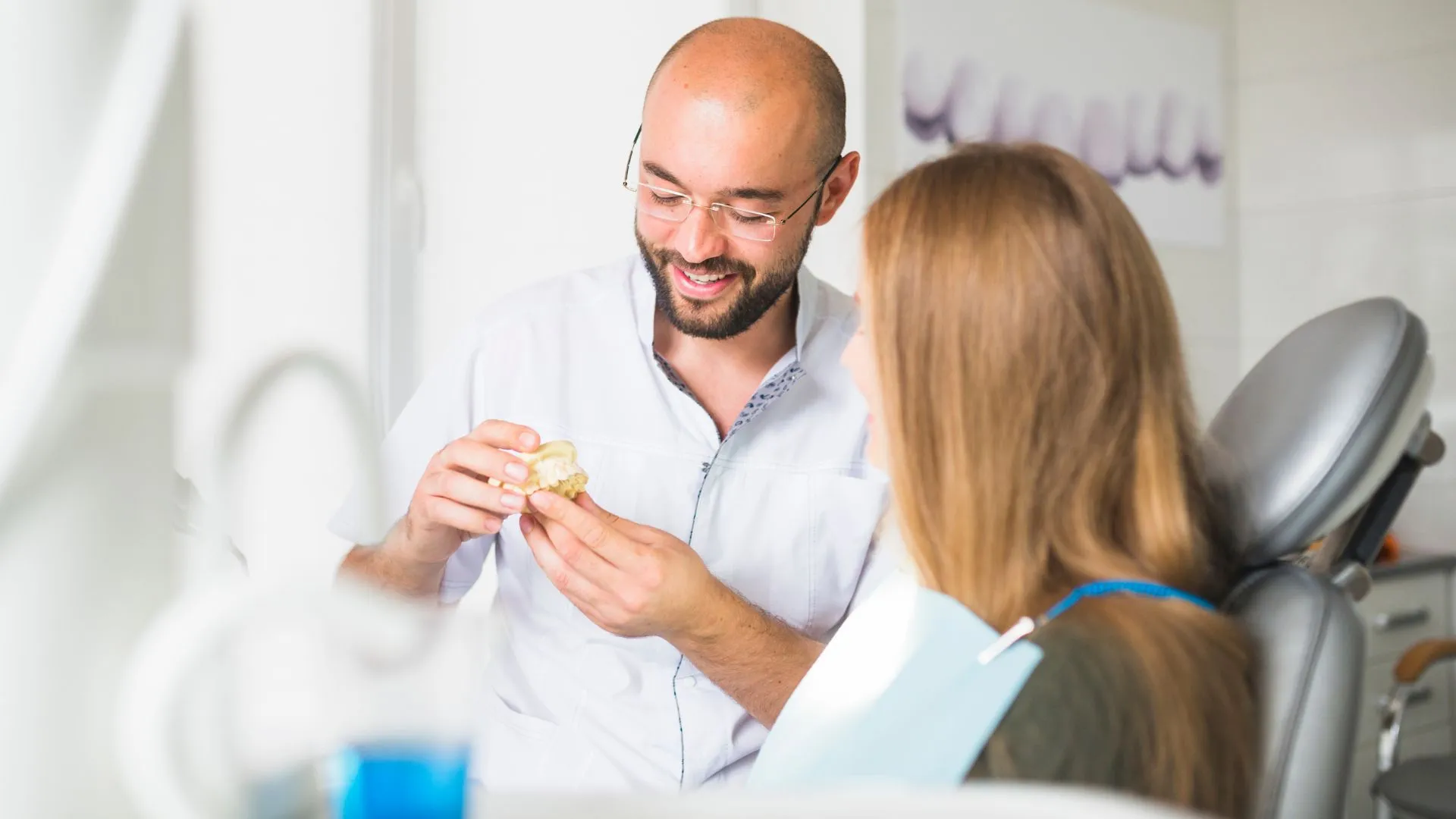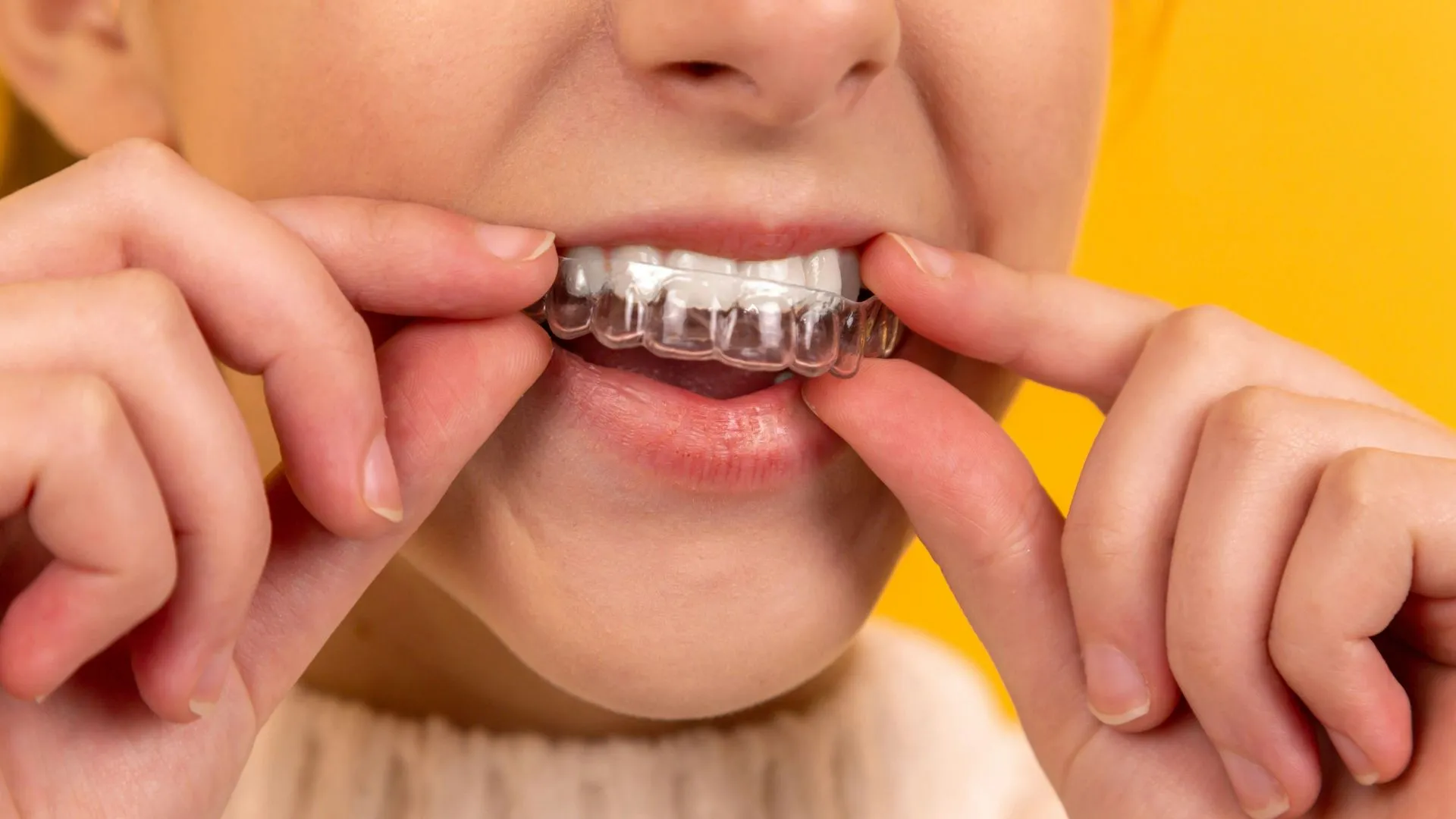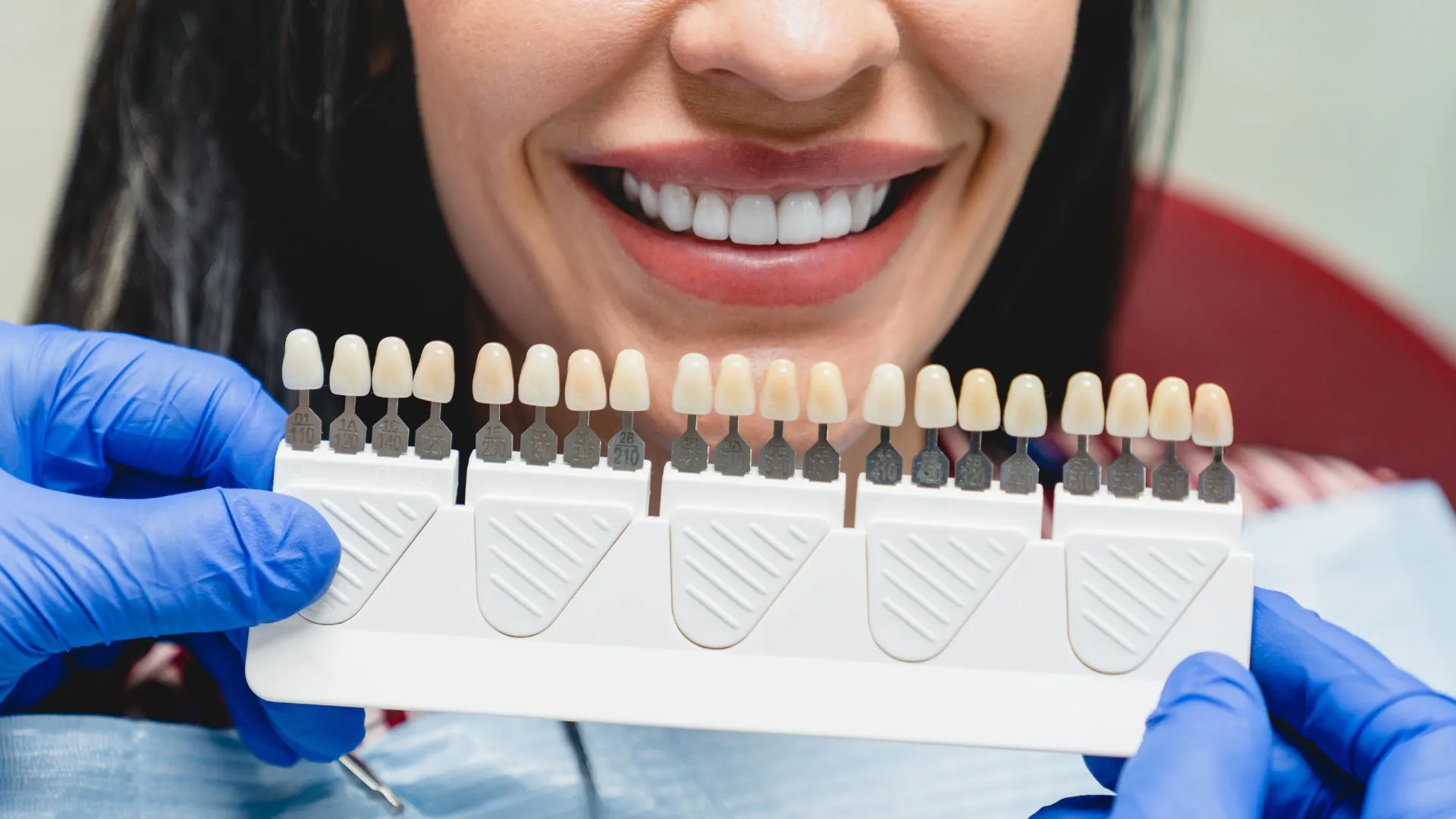When you are looking to straighten your teeth to improve your smile or correct bite issues, Invisalign is a removable orthodontic treatment that can help you achieve that goal. However, straight teeth are not the only thing that makes your smile beautiful.
When you are looking to straighten your teeth to improve your smile or correct bite issues, Invisalign is a removable orthodontic treatment that can help you achieve that goal. However, straight teeth are not the only thing that makes your smile beautiful. Good oral health is essential and having cavities can put your smile at risk. While cavities will not prevent you from Invisalign treatment, treating the cavities first and preventing future cavities is essential for optimal oral health and successful Invisalign treatment. At Image Dental, we are here to answer all your Invisalign and cavity questions and help you achieve a healthy and beautiful smile.
Should you get Invisalign with Cavities?
Invisalign treatment and cosmetic dentistry aim to correct dental misalignment and give you a beautiful smile you desire. However, straight teeth will not matter if you have serious dental decay and cavities. While you can begin Invisalign treatment with existing cavities, most dental providers will advise you to have your cavities filled before they fit you for aligners. There are a few reasons for this. Filling a cavity before treatment allows your tooth to heal before the aligners begin placing pressure on the tooth. In addition, a filling can change the shape and size of the tooth, requiring new aligners and additional costs.
How do you prepare for Invisalign treatment?
If you are considering Invisalign treatment to straighten your teeth, the first thing you need to address is your overall oral health. Your general dentist will do a thorough exam, checking for cavities and other dental concerns. If you have cavities, treatment needs to be addressed before your Invisalign consultation in order to make sure your teeth are in optimal health and have time to recover from a filling before undergoing the stress of tooth movement. In addition, now is the best time to go in for regular dental cleaning so that you can help reduce the risk of cavity development during treatment.
Can you get cavities while wearing Invisalign?
While Invisalign trays cover your teeth during treatment, they, unfortunately, do not prevent you from getting cavities. In fact, they can put you at a greater risk if you do not practice good oral hygiene. Cavities develop when plaque and bacteria break down the enamel on a tooth. This is why regular brushing and flossing are essential when it comes to preventing cavities. When you add Invisalign trays that cover your teeth, brushing and flossing becomes even more important.
When you take your trays out for eating, your teeth are exposed to the food you eat, as well as bacteria in your mouth. If you do not brush your teeth after eating and put the trays immediately back in, you are now trapping those food particles and bacteria against your teeth, increasing the risk of cavities. And since your teeth are covered, your natural saliva cannot help wash away those particles as it is supposed to.
What should you do if you develop cavities during treatment?
Unfortunately, cavities can still develop during the course of your Invisalign treatment. When this occurs, your dentist will work with you to develop a treatment plan to address the cavity while considering your Invisalign treatment. If you have a minor cavity, your dentist may opt to monitor the cavity while encouraging a more regular dental hygiene routine. If your cavity requires treatment, the dentist can use your current aligners to help recreate the size and shape of the tooth when they add the filling. This can help reduce the need for a new aligner tray. In more severe cases, where a filling is not enough, your dentist may need to place a crown on the tooth. When this happens, you will need to have new aligners fitted and your Invisalign treatment time may increase.

How can you prevent cavities during Invisalign treatment?
No one wants to have a cavity especially during Invisalign treatment. The good news is that you can do things that will help reduce your risk of developing new cavities.
1. Good oral hygiene
Reducing the risk of dental cavities begins with good oral hygiene. While a normal oral hygiene routine promotes brushing at least twice a day, as well as flossing at least once a day, Invisalign treatment requires more. While you take your aligners out when you eat, you don’t want to put them back in unless your mouth and teeth are clean. You should be brushing your teeth after every meal and before your place your aligners back in your mouth to reduce the risk of trapping bacteria and food particles against your teeth.
2. Reduce sugar consumption
While sweet treats taste great, they are not good for your teeth. Reducing sugar consumption and foods that can cling to your teeth is essential to preventing cavities. This is extremely important when you are unable to brush your teeth after eating these snacks.
3. Avoid certain foods and beverages while wearing your aligners
Drinking sugary beverages or sucking on hard candies when your Invisalign trays are in place can increase your risk of cavities. When you are wearing your trays, it is best to avoid candies and only drink water to stay hydrated.
4. Clean your aligners
Anytime you take your aligner trays out of your mouth, you need to clean them before putting them back in place. This helps remove any bacteria that may have built up on the tray and stops you from introducing that bacteria into your mouth. Consider letting your aligner soak in soapy water or an aligner cleaner while you eat and simply rinse when you are ready to put it back into place. But don’t forget to brush your teeth first!
5. Wear your aligners as prescribed
While you may have chosen Invisalign to improve your smile, fixing misaligned teeth can also help reduce your risk of cavities. For example, overlapping teeth can make good oral hygiene difficult but, once aligned properly, you can better remove plaque and bacteria, reducing your cavity risk. Wearing your aligners as prescribed helps keep you on track for your treatment plan, giving you that healthy, beautiful smile you are working towards.
6. Attend regular dental checkups
Regular dental check-ups are essential during your Invisalign treatment course. Regular visits allow your dentist to detect potential concerns and enamel erosion before it becomes a cavity. This allows the dentist to address the issue with you before treatment is needed.
You can have a healthy and beautiful smile!
While it is best to get your cavities treated before you begin your Invisalign treatment, cavities do not mean you can’t achieve straight teeth and a beautiful smile. But healthy teeth are essential to help you maintain that smile during and after your treatment. At Image Dental, we want to work with you to achieve that beautiful smile and help you maintain good oral health and a smile that lasts a lifetime. For more information on cavity treatment or how Invisalign can help you, contact Image Dental online or give us a call at (209) 955-1500 today.



